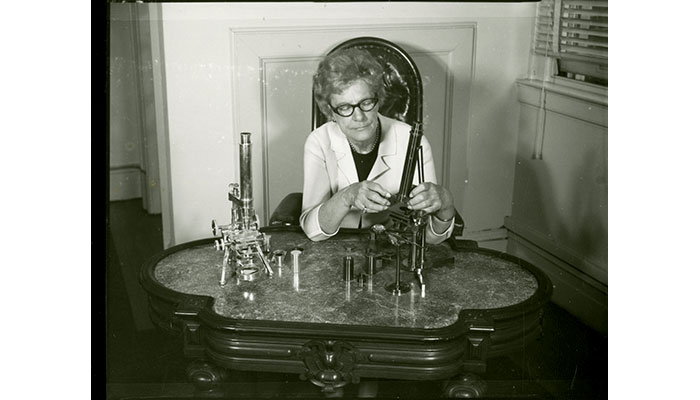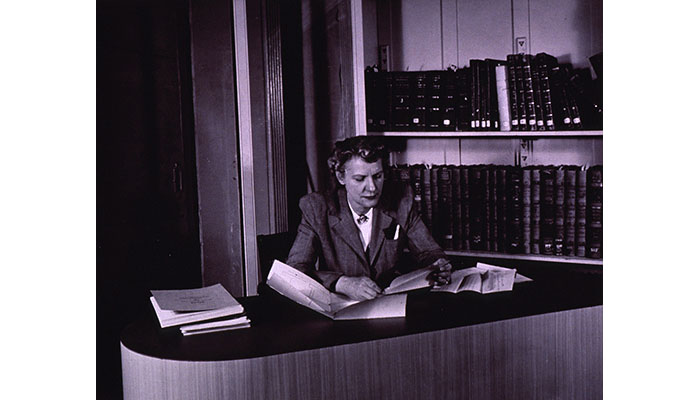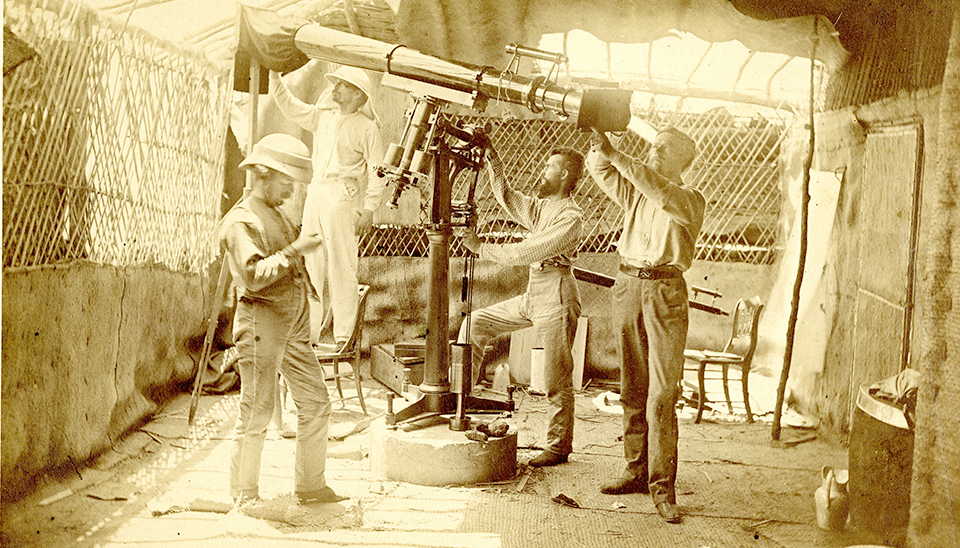For more than 150 years, NMHM has been producing publications that highlight the history and advancement of military medicine. The encyclopedic "Medical and Surgical History of the War of the Rebellion" is a fine example; it documented a nation's medical experiences and served as a reference for military surgeons for many years, and it remains an important historical and scientific resource. Similarly, the Billings Microscope Collection Catalogue, published first in 1967, then again in a second edition in 1974 and reprinted in 1987, is a technical tour-de-force that describes the changes in the instrument over time. The catalogue also details the structure and functions of hundreds of microscopes, from the earliest to those added to the collection only recently. The woman responsible for the compilation and publication of this comprehensive volume was Helen R. Purtle. Purtle contributed significantly to both the museum's publication history and the expansion of its collections.
Purtle left little personal biographical information in the records of the museum, save a large file of annual evaluations, in proper bureaucratese, describing her dedication to the museum as a loyal employee from the 1950s to the 1970s. She persuasively acquired artifacts–even materials related to the current-day collections of items related to the assassination of Abraham Lincoln–prepared administrative documents, responded to historical inquiries, planned exhibitions, and organized massively-scaled moves for the museum. Purtle even authored a multi-item list of publications related to the museum, including guides to the urology collection, descriptions of Claude Bernard's operating table, histories of the museum, and guides for preparing exhibitions for medical libraries.

Helen R. Purtle with some instruments from the Billings Microscope Collection. Undated, Otis Historical Archives Biographical Files, 39, 005:0003.
But the record of her work and her virtuosity as a collections manager is most evident in the meticulous descriptors of the microscopes in the Billings Collection. With a foreword by AFIP Director MG Joe M. Blumberg, MC, USA, and preface by Museum Curator Capt. Elgin C. Cowart, Jr., MC, USN and others, Helen R. Purtle, FRMS, appears on the title page in due recognition of the work she performed as technical editor. What's not revealed are the mountainous files of drafts, descriptions, photographs, and histories of the instruments. Those live on in the Otis Historical Archives, bearing her notes and commentary.
She participated in much of the deliberation about the publication of a second edition seven years later, and she arranged to include recent acquisitions and additional introductory material. For that edition, she is cited in appreciation with a paragraph of recognition and the acknowledgement that "Miss Purtle's expertise was a major factor in making the Collection the most comprehensive in the world today."

Photoprint of Helen Purtle at the Armed Forces Institute for Pathology. The Armed Forces Medical Museum, predecessor to the NMHM, was an element of the AFIP. This image appears to have been taken in the library of the AFIP. (Photo courtesy of the National Library of Medicine: A032577)
The museum is making progress in its pursuit to acquire more biographical material about Purtle, in part by corresponding with colleagues at the Royal Microscopical Society in London, where she was elected Fellow in 1967—a significant and rare honor. That information will become part of the indelible record of service to the works of instrumentation when their historians can once again return to their holdings as, we hope, the pandemic wanes.
Resources
Hansen, James L., foreword to The Billings Microscope Collection, The Billings Microscope Collection of the Medical Museum, Armed Forces Institute of Pathology. Washington, DC: Armed Forces Institute of Pathology, 1967, p. vi.
The Billings Microscope Collection of the Medical Museum, Armed Forces Institute of Pathology. Washington, DC: American Registry of Pathology, 1967.
Relevant Links:
Lincoln Memorabilia in the Medical Museum of the Armed Forces Institute of Pathology by Helen R. Purtle




